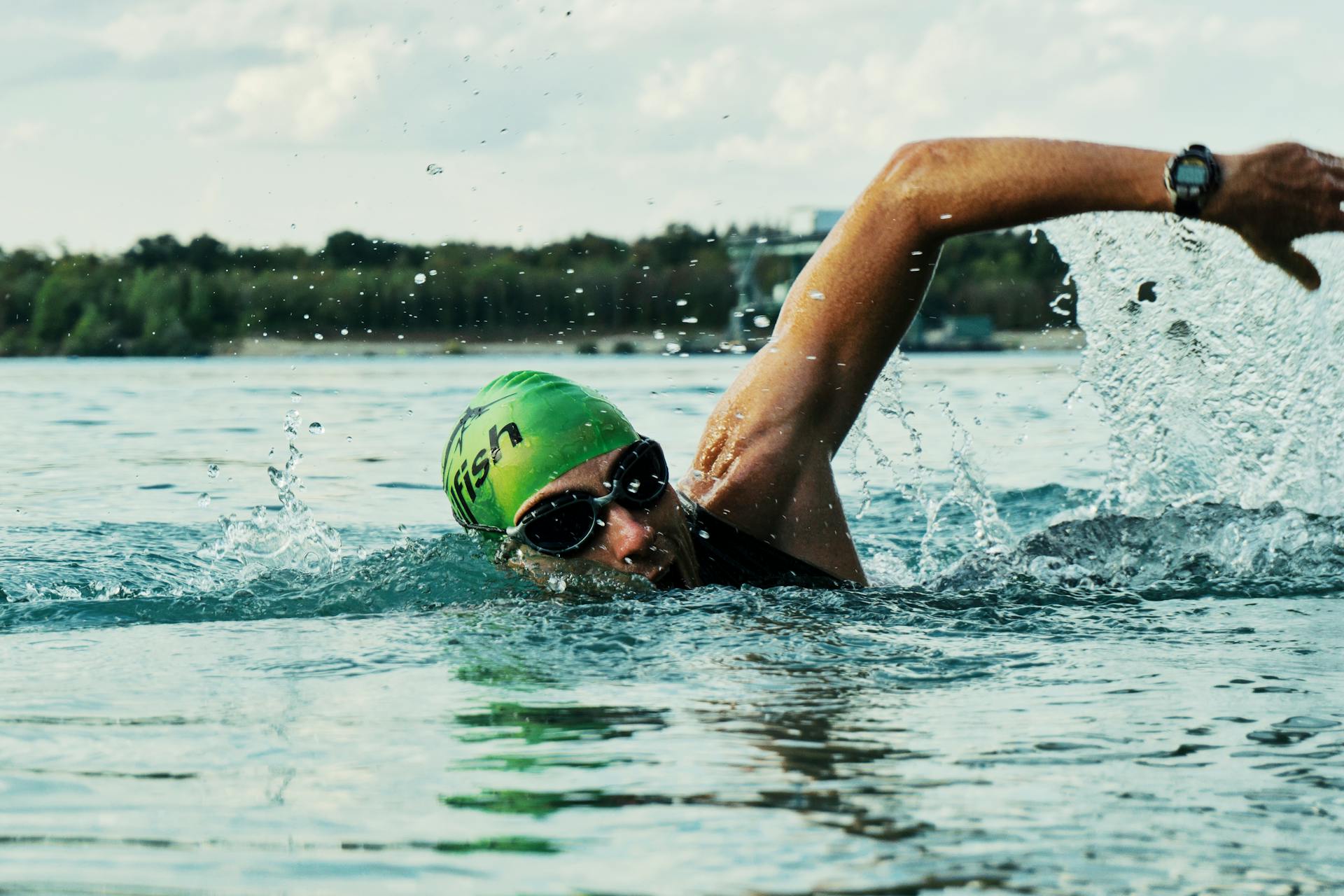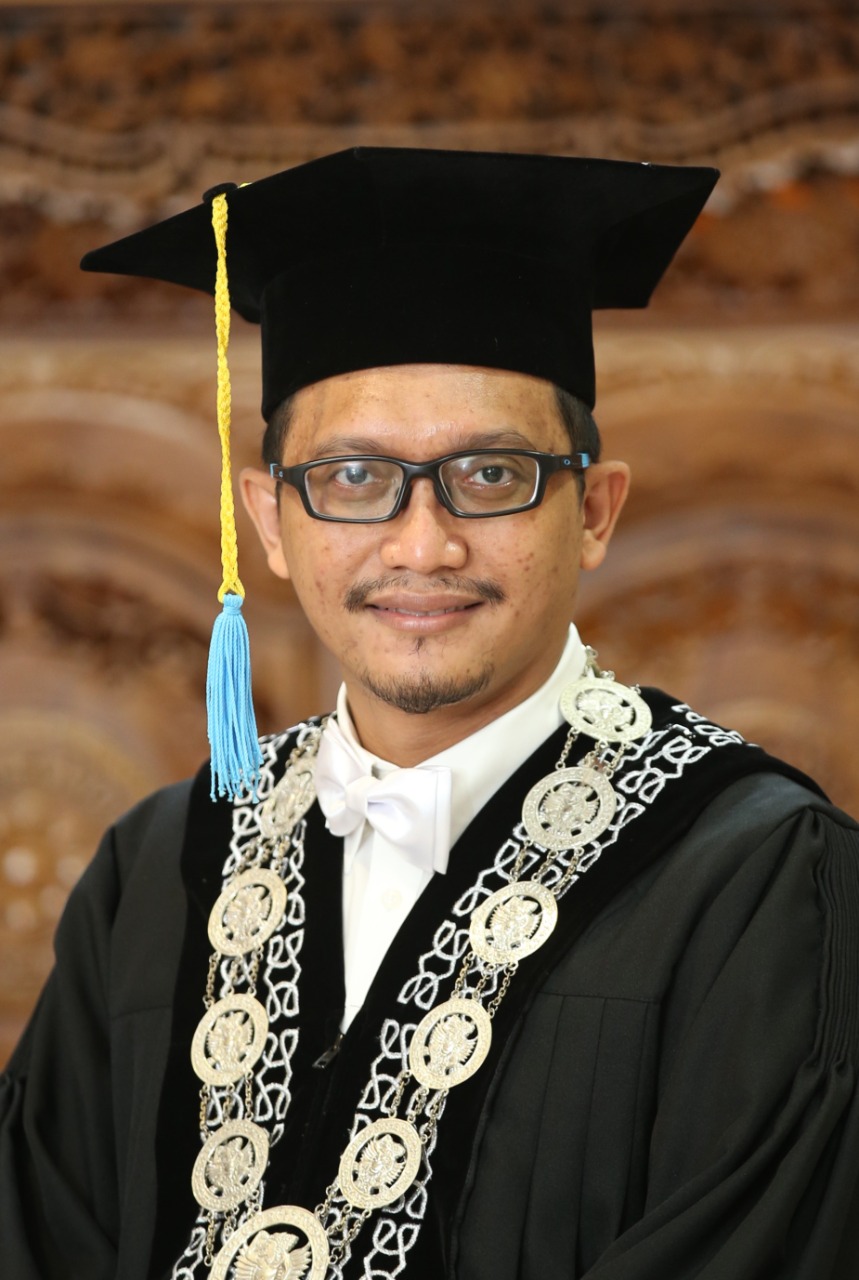Knowledge Level and Frequency of Swimming to the Incidence of Otitis Externa in Swimming Athletes in Medan

Downloads
Highlights:
Respondents who had otitis externa and frequently engaged in swimming activities had an adequate level of awareness of the condition.
Frequent swimming can cause a person to experience otitis externa.
Abstract
Introduction: Otitis externa, also called swimmer's ear, is a common disease in swimmers and poses a significant public health problem. Frequent exposure to water for long periods is very susceptible to infection. This study aimed to ascertain the level of knowledge regarding the connection between otitis externa and swimming and investigate whether there was a correlation between the frequency of swimming and the occurrence of otitis externa.
Methods: Using a questionnaire, the sample comprised 74 Tirta Prima Medan Swimming Association members in 2022. Apart from evaluating descriptive comparisons of pretest and post-test knowledge levels, this study also conducted a Spearman rank correlation test to determine the correlation between knowledge level and frequency of swimming with the incidence of otitis externa. The chosen significance level (p) was 0.05. Variables were considered related if the p<0.05 and not considered related if the p>0.05. The International Business Machines Corporation (IBM) Statistical Package for the Social Sciences (SPSS) version 26.0 for Windows was used for statistical analysis.
Results: Of the 74 study participants, pretest knowledge was categorized as follows: good level of knowledge (6.8%) of respondents, sufficient (58.1%), and (35%) poor. In the post-test assessment, respondents showed good (75.7%), sufficient (21.6%), and poor (2.7%) knowledge. The results of the Spearman analysis test showed a significant correlation (p=0.042) between swimming frequency and the incidence of otitis externa. Meanwhile, there was no significant correlation between the level of knowledge about otitis externa and the incidence of otitis externa, with a p-value of 0.785.
Conclusion: The level of knowledge for the pretest was sufficient. For the same respondents, the post-test results showed good knowledge. There was a correlation between swimming frequency and the incidence of otitis externa. However, there was no significant correlation between the level of expertise and the incidence of otitis externa at the Tirta Prima Medan Swimming Association.
Medina-Blasini Y, Sharman T. Otitis Externa. Treasure Island (FL), 2024. [PubMed]
Wiegand S, Berner R, Schneider A, et al. Otitis Externa. Dtsch Arztebl Int 2019; 116: 224–234. [PubMed]
Tanaya PWD, Asthuta AR, Saputra KAD, et al. Prevalensi Kasus Otitis Eksterna Berdasarkan Usia, Jenis Kelamin dan Diabetes Melitus di Poliklinik THT RSUP Sanglah Denpasar Tahun 2018. E-Jurnal Med Udayana 2020; 9: 87–91. [Journal]
Rosenfeld RM, Schwartz SR, Cannon CR, et al. Clinical Practice Guideline: Acute Otitis Externa. Otolaryngol Head Neck Surg 2014; 150: S1–S24. [PubMed]
Aryanugraha PT, Setiawan EP. Kejadian Otitis Eksterna pada Masyarakat Penebel Tabanan dan Yangapi Bangli yang Berkunjung ke Bakti Sosial Staf Medis Fungsional Telinga Hidung Tenggorokan Fakultas Kedokteran Universitas Udayana - Rumah Sakit Umum Pusat Sanglah pada Tahun 2012. Intisari Sains Medis 2016; 5: 60–63. [Journal]
Barry V, Bhamra N, Balai E, et al. Otitis Externa. BMJ 2021; 372: n714. [PubMed]
Kujundzić M, Braut T, Manestar D, et al. Water Related Otitis Externa. Coll Antropol 2012; 36: 893–897. [PubMed]
Wingelaar TT, van Ooij PJA, van Hulst RA. Otitis Externa in Military Divers: More Frequent and Less Harmful than Reported. Diving Hyperb Med 2017; 47: 4–8. [PubMed]
Hashish NMA, Abbass AAG, Amine AEK. Pseudomonas aeruginosa in Swimming Pools. Cogent Environ Sci 2017; 3: 1328841. [ResearchGate]
Maclean K, Njamo FOJP, Serepa-Dlamini MH, et al. Antimicrobial Susceptibility Profiles among Pseudomonas aeruginosa Isolated from Professional Scuba Divers with Otitis Externa, Swimming Pools and the Ocean at a Diving Operation in South Africa. Pathog (Basel, Switzerland); 11. January 2022. [PubMed]
Sujarweni W. Metodologi Penelitian: Lengkap, Praktis, dan Mudah Dipahami. Yogyakarta: Pustaka Baru Press, 2014.
Nie NH, Bent DH, Hull CH. Statistical Package for the Social Sciences (SPSS), (2018). [Website]
Esih GPB, Pramono BA. Analisis Minat Atlet Usia Remaja dalam Mengikuti Pelatihan Olahraga Renang pada Klub Renang Kabupaten Kediri. J Prestasi Olahraga 2021; 4: 28–37. [Journal]
Pambudhi RR. Hubungan antara Frekuensi Berenang terhadap Kapasitas Paru Paru Perenang di Kolam Renang Manahan Surakarta. Faculty of Medicine Universitas Muhammadiyah Surakarta, (2016). [Website]
Soekidjo N. Metodologi Penelitian Kesehatan. Jakarta: Rineka Cipta, 2010.
Siregar EA. Tingkat Pengetahuan Siswa SMA Kelas-XII terhadap Pencegahan Diabetes Mellitus Tipe 2 di SMA Negeri 1 Medan. Universitas Sumatera Utara Medan, (2017). [Website]
Yunika RP, Fariqi MZ Al, Cahyadi I, et al. Pengaruh Edukasi PHBS terhadap Tingkat Pengetahuan pada Yayasan Jage Kestare. Karya Kesehat Siwalima 2022; 1: 28–32. [Journal]
Putri L, Solehati T, Trisyani M. Perbandingan Metode Ceramah Tanya Jawab dan Focus Group Discussion dalam Meningkatkan Pengetahuan dan Sikap Siswa. Siklus J Res Midwifery Politek Tegal 2019; 8: 80. [ResearchGate]
Akbar N. Hubungan Aktivitas Olahraga Renang Klub Arwana terhadap Kebugaran Jasmani, Prestasi Renang dan Prestasi Akademik. Fakultas Ilmu Keolahragaan Universitas Negeri Yogyakarta, (2014). [Website]
Indonesian Doctors Association (Ikatan Dokter Indonesia/IDI). Panduan Praktik Klinis bagi Dokter di Fasilitas Pelayanan Kesehatan Primer. Jakarta, (2017). [Website]
Goguen LA, Deschler DG, Hussain Z. Patient Education: External Otitis (Including Swimmer’s Ear) (Beyond the Basics). UpToDate, (2023). [Website]
Copyright (c) 2024 Fahmi Romadhani, Tengku Siti Hajar Haryuna

This work is licensed under a Creative Commons Attribution-ShareAlike 4.0 International License.
1. The journal allows the author to hold the copyright of the article without restrictions.
2. The journal allows the author(s) to retain publishing rights without restrictions
3. The formal legal aspect of journal publication accessibility refers to Creative Commons Atribution-Share Alike 4.0 (CC BY-SA).




























